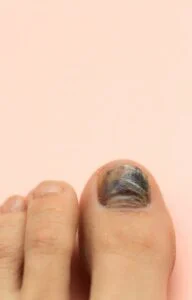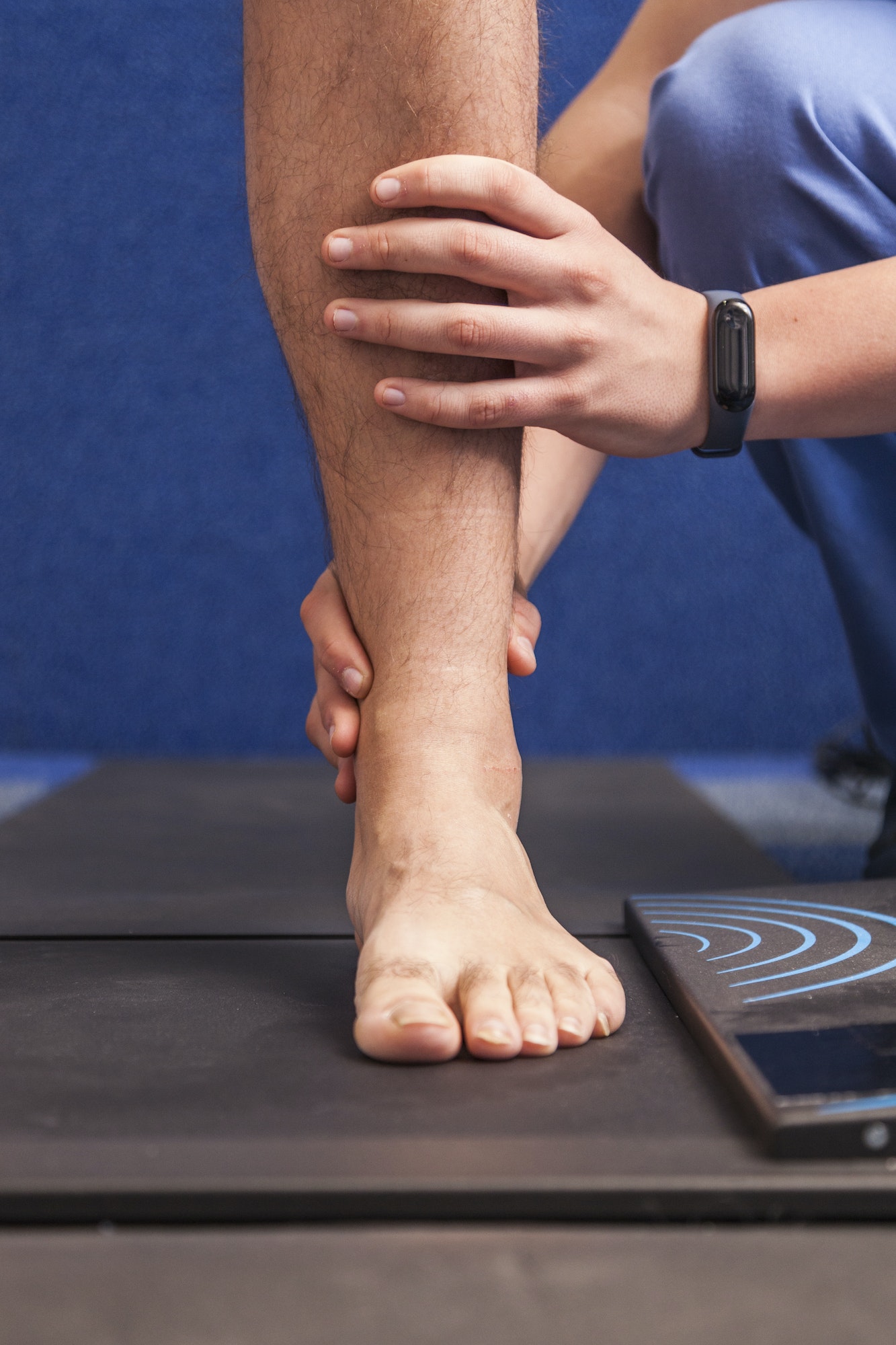Table of Contents
What Happens When You Bruise Your Foot Bone
A bone bruise is an injury which typically is the result of a blunt-force impact, like falling down the stairs, or dropping something heavy on your foot. It’s not like the black-and-blue marks that appear on our skin after we bump into something; rather, it’s a serious injury: when you have a bone bruise, it means that the fibrous parts of your bone (trabeculae) have been injured and may be bleeding. That is not something to stand up and walk around on.
Bone bruises are different than fractures—fractures involves damage to a deeper part of your bone, whereas bruises (also known as contusions) affect the surface of your bone. Bone bruises can affect any bone in your body, but this type of injury typically affects the ones that are close to the surface of your skin, which is why bones in your feet (especially those in your heel) are so vulnerable to this kind of injury.
Table of Contents
What exactly is a stubbed toe?
Any time you suddenly injured your toe by jamming it, getting it caught on something, or dropping something on it, you’ve sustained a ‘stubbing’ injury. Stubbing injuries are extremely painful.
When you’ve stubbed your toe, you are likely to experience:
- Intense pain (sharp or dull), that may spread to other parts of your foot.
- Pain when trying to put weight on the affected toe and/or foot.
- Swelling and bruising
- Dislocation – where the toe awkwardly moves in a direction it doesn’t under normal circumstances.
Because your toes are full of nerve endings and aren’t particularly padded, a stubbed toe is a very painful injury. Sometimes, it may also be serious—a hard jam can leave you with a sprained or broken toe. So how can you tell if you’ve done serious damage to your tootsies? Simply read on!
How can you tell if your toe is sprained or broken?
Unfortunately, diagnosing toe injuries at home can be awfully difficult. Sprains, fractures, and bruises all present with similar symptoms. Here’s a good rule of thumb to go by: if your pain improves significantly within a few minutes of stubbing, chances are that you’re in the clear.
If, however, the pain doesn’t start to fade fairly quickly, you could be dealing with a more serious injury. That’s when it’s time to call your Weil Foot & Ankle Podiatrist for an appointment and evaluation! We will determine which of the following your injury is and work with you to develop a treatment plan.
If your toe is broken, you will feel pain and some or all of the following symptoms:
- Swelling of the toe (and possibly some of your foot)
- A change in the color of your toe (usually black and/or blue)
- Your toe may change shape and alignment if you’ve broken or dislocated your bone
- The toe will be painful and difficult to move
- The toe will be painful to walk on
- You may lose feeling in your toe and/or foot
- Your bone may be visible poking out of your toe or even through the skin in the case of a severe fracture
- Your nail may be loose, may have blood under the nail, and may only be loosely attached to the nail bed
A fracture of any one of the 28 bones of the foot (or really any bone in the body) requires an x-ray. The only exception is a compound fracture, where the bone breaks the skin and is visible from the outside. Let’s get back to x-rays for a minute though. To diagnose a broken toe, we will take x-rays from a variety of angles. We have specialized x-ray “platforms” in every one of our clinics that are located on the floor so that we can easily get the angles we need. The x-ray arm pivots so that our patients don’t have to move very much in order to get just the right images. After taking the x-rays, our Medical Assistants will instantly process them so that your Podiatrist can evaluate the images, determine if a fracture is present or not and then map out the correct treatment plan. We are able to provide casts, bracing, and/or boots if indicated for the specific nature of your fracture.
But what if your bone isn’t broken? Could your injury be serious enough to require medical care? Yes, it sure could! It’s possible to sprain your toe (injure the ligaments that connect your toe bones) or strain it (damage the tendons or muscles in your toe.) Symptoms of a sprained or strained toe are actually quite similar to a broken bone and should always be examined by your podiatrist.
If your podiatrist determines that a sprain or strain has occurred, they will recommend a course of treatment right for your injury, your lifestyle, and the level of demand you typically put on your feet. This could include wrapping, bracing and/or a boot or other treatments as indicated.
Should I be worried about bone bruises and toenail injuries?

Like bone bruises, damage to your toenail may be very painful. Walking may be painful, and your toenail may change colors or even fall off in the weeks following your stubbing injury.
Signs that you’ve damaged your toenail include:
- A crack in the nail
- Blood underneath or around the edges of your nail
- Nail is loose and no longer fully attached
- Redness and swelling around the nail
- Pus under or around your nail
While not necessarily serious, damaged toenails can leave you vulnerable to infections, so you should see a podiatrist if your nail doesn’t return to normal within a day or two.
Preventing toenail infections
When you sustain a “stubbing” injury, there is a high chance you have also damaged your nail bed causing an open wound on your skin or nail. You may be able to see this injury, or it could be small and hidden from sight under the toenail. This open wound, no matter how small, increases the chance that bacteria can make their way through the opening. To prevent infections, see your podiatrist to have the toe properly disinfected and treat the wound, especially if you are diabetic or have a compromised circulatory system or immune system.
Watch your toes carefully for any of the following signs of infection:
- Swelling
- Pain
- Redness
- Pus – thick, opaque, white, yellow, or green fluid that continues to be produced from the site of the injury
- Thickening of the nail
- Itching around the nail
- Toe is warm to the touch
All of these symptoms indicate it’s time to head into your podiatrist’s office.
Treating a Stubbed Toe

Meet Weil Foot & Ankle Institute
By: Weil Foot & Ankle Institute, Published: Jan 22nd, 2022
Review By: Hannah Park DPM – Mar 16th, 2023


